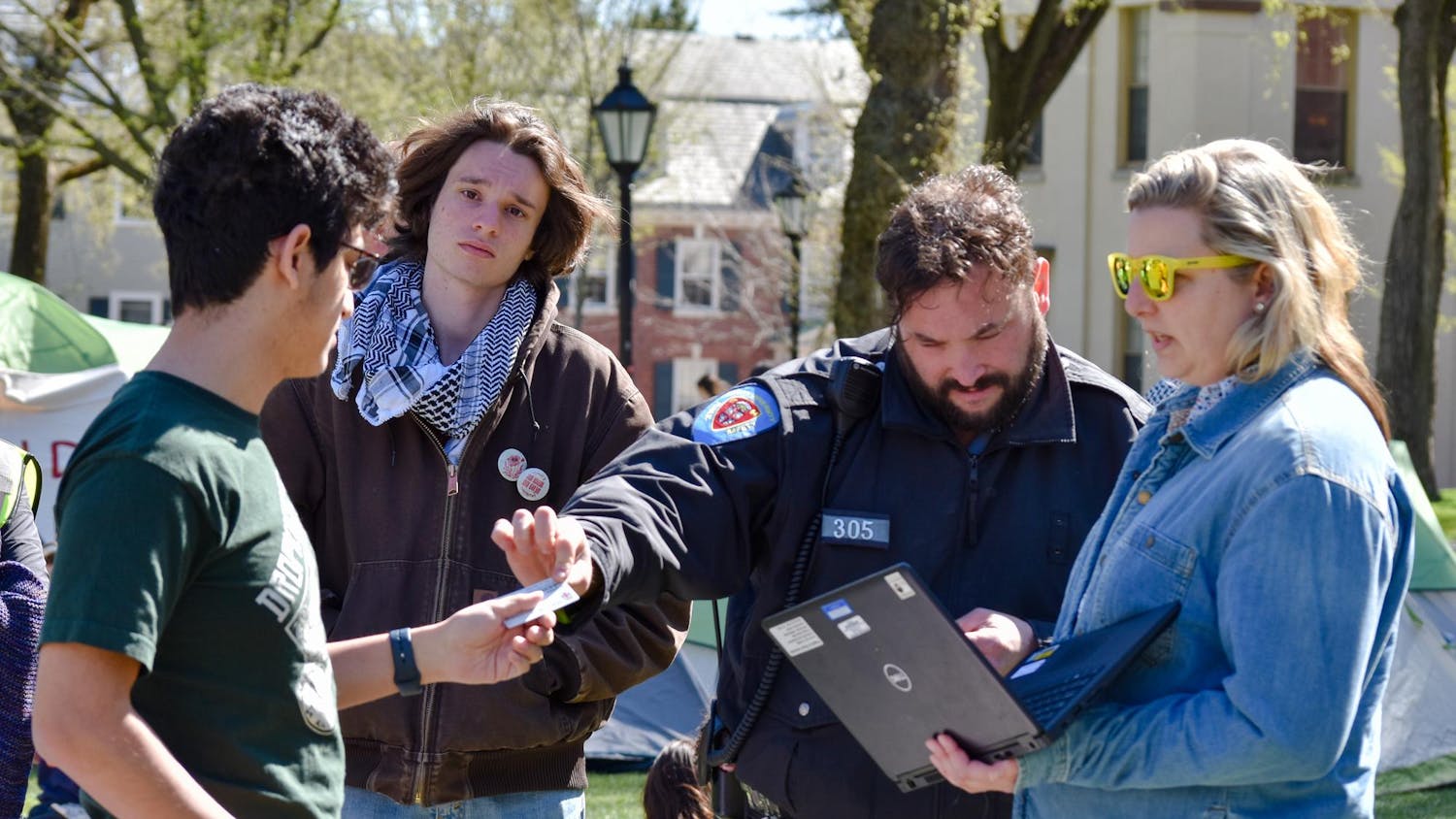Associate Professor of Evolutionary Biology Sohini Ramachandran received the Alfred P. Sloan Foundation Fellowship for her research in computational and evolutionary molecular biology, according to the foundation's Feb. 15 press release. The award is granted to young scientists who are "rising stars, the next generation of scientific leaders," according to the release.
The fellowship includes a grant of $50,000 to advance Ramachandran's research, which pertains specifically to evolutionary history based on variations in the human genome over time.
"I'm really interested in historical relationships between human populations and the signatures they leave on our genome," Ramachandran said. Specifically, she studies topics like the mating interaction between Europeans and Latin Americans during early colonization and the modern relevance of the genetic signatures of humans in Africa from 100,000 years ago. Her research is computational and statistical, using data gathered across the globe to mathematically map out aspects of the human genome.
"I feel really honored," Ramachandran said. "The Sloan Fellowship has this really exciting history of making contributions to young faculty."
The foundation gives grants in eight scientific areas but only began giving grants in computational and evolutionary molecular biology in 2002, when Ramachandran began graduate school.
Each of the 126 recipients of the 2012 fellowship was nominated by a colleague and then picked by an independent panel of scholars. Ramachandran was nominated by Mark Bertness, chair of the department of ecology and evolutionary biology.
"She's a spectacular young faculty member working on really interesting problems," Bertness said. He added that as a promising female scientist, Ramachandran is a role model for young women in scientific fields.
Ramachandran arrived at the University in summer 2010 after receiving her undergraduate and graduate degrees from Stanford University and completing a post-graduate year at Harvard. At Brown, she said she has been influenced by the supportive and collaborative environment in her department and the opportunity to teach undergraduate students beginning this year.
The grant money she will receive will enable students doing research with her to pursue projects that were previously impossible due to lack of funding, she said.
"I've been wanting to generate some data in collaboration with people in Newport to collect genetic data from different breeds of cattle and sheep that humans have domesticated," Ramachandran said. She plans to use this data to study how variation has changed in domesticated breeds and what traits humans have selected.
"It's just a nice, prestigious recognition that one of our new junior faculty members has this level of recognition this early in her career," Bertness said.
Brown usually has one or two winners a year, Ramachandran said. Last year, two faculty members received this fellowship — David Badre, assistant professor in the department of cognitive, linguistic and psychological sciences, and Anastasia Volovich, associate professor of physics.
"It enabled me to continue research," Volovich said, who studies wave amplitudes related to the theory of motives in algebraic geometry. The funds from the fellowship enabled the physics department to bring distinguished visitors, she added, and will allow her to travel to some conferences. Volovich emphasized the unrestrictive nature of the Sloan Foundation grant compared to other grants. "You can use it however you want," she said.




